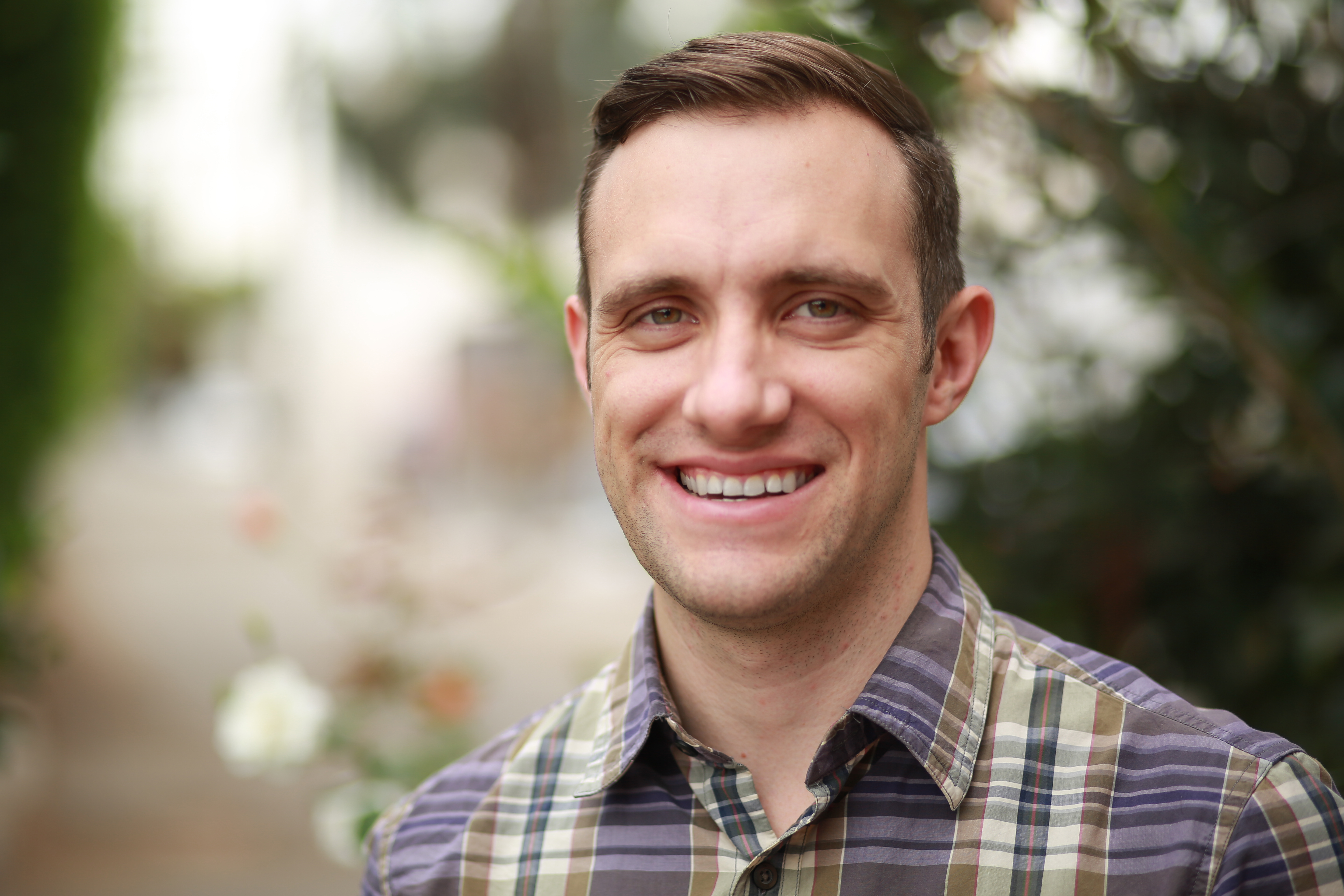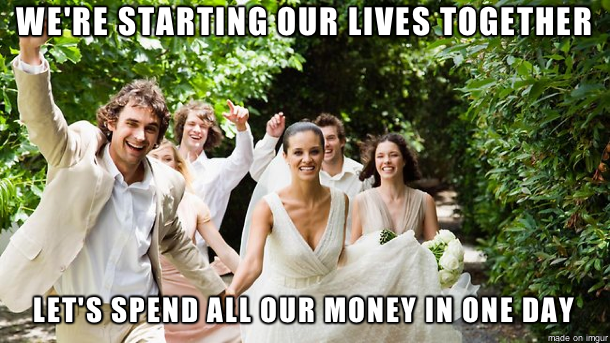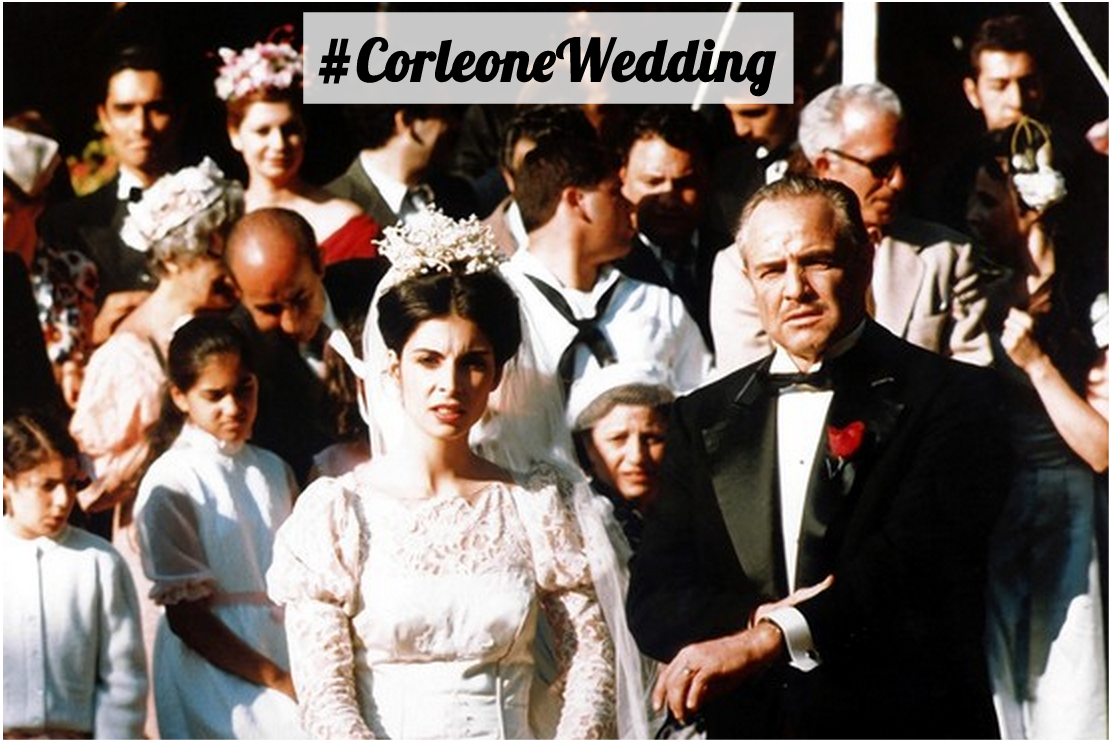The Scary Financial Reality of Your Wedding

By:
There’s an invisible line you cross in your 20s. On one side, the idea of your friends getting married is something you barely consider and then...FLASH...suddenly you’re at friend’s wedding every month. Statistics, however, say we’d be attending more weddings if it were 1960. Pew found that in 2012, 20 percent of adults ages 25 and older had never been married. Compare this to 1960 where only 9 percent of adults had never been married.
But here’s something else: The average cost of weddings is steadily rising. The Knot says the average wedding in 2014 cost $31,213.
That’s a bit of a head-scratcher, right? If people are getting married less , how are we spending more money on weddings? The answer has to do with income inequality and Facebook.
Average doesn't mean average .
Here’s the good news: that average cost of $31,213 -- regurgitated annually with dramatic headlines -- is deceiving. As Slate's Will Oremus found when he researched The Knot's survey in 2013 , the median cost of weddings is closer to $20,000. (This means that half of weddings cost less than $20,000 and half cost more.) The Knot, on the other hand, reports an average, which can be driven up by a few big spenders. The median cost is a more accurate reflection of what one might expect to spend.
So, when this survey comes out again next year and every media outlet trumpets the average cost, take it with a grain of salt. You don’t really need $31,213 to get married.
A small segment of Americans have money to burn.
Here’s the bad news: That “average” says a lot about income inequality in America.
As more wealth accumulates to the top sliver of wealthy Americans, their disposable income grows as well. This is evident throughout the economy. Take the size of the average American house. In 1990, it was 1,905 square feet . In 2010, it was 2,169 square feet. Over that twenty year period, however, median income remained stagnant . This tells us that a small percentage of people were building bigger houses and increasing that average even though the rest of the country was running in place or even losing wealth.
The cost of weddings tells the same story. In 1990, the average wedding cost $15,208 . Today, the average is double. Similarly, we can surmise that a certain percentage of people are throwing increasingly extravagant weddings, driving up the average, while the median income for American households has barely moved.

The role of weddings are changing in American society .
“I get that rich people are spending a lot, but isn’t that current median of $20,000 still a lot of money to spend on a party ?” you, the 22-year-old, might ask. Yea, probably. If you poke around the internet, you’ll find horror stories about parents or couples going into massive wedding debt.
The pressure to impress people at a wedding is nothing new. Take, for example, the famous wedding scene in The Godfather. No doubt that Don Vito wanted to show off a little. The difference today, of course, is that his guests would be asked to use Instagram hashtag #CorleoneWedding. Social media creates an even greater incentive to spend money on a wedding to make it look awesome.

Weddings are also increasingly about more about the party and less about the ceremony of marriage. For one, organized religion plays less of a role in American life. Secondly, gender roles are diminishing. As The Upshot wrote last year , marriage was traditionally an “economic equation” where men earned money to support the family, and women ran the household. With women pursuing careers and putting off children, that equation has faded. And it makes even less sense in the context of same-sex marriage. As one Pew study reported, couples today seek partners who are already financially stable. That’s why you’re seeing adults on the lower end of the income scale eschew marriage.
